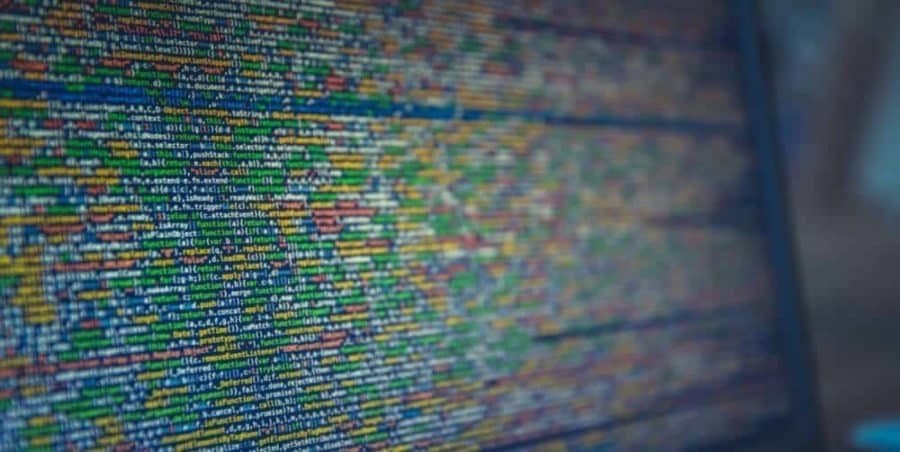A Stanford study shows that when it comes to the amount of information obtained from health-risk assessments in the workplace, less can be more.
Health-risk assessments bring together health information about personal habits and risks with lab tests that measure a variety of biometric markers such as blood sugar. These assessments can improve patient quality of life by providing extra care and help employers by saving on money for disease treatment.
However, the expected benefits don’t always materialize, says Mohsen Bayati, PhD, first author of the study and an associate professor at Stanford Graduate School of Business, in a recent Stanford Business article. The paper appears in Statistical Methods in Medical Research.
Bayati points to the likely reason that risk assessments themselves aren’t all that accurate, as they traditionally rely on a fairly small set of standard biomarkers (measurable biological factors that indicate the likeliness of a disease). Each biomarker on these assessments is often chosen in isolation as the best marker to identify only one disease, the article states. But lab tests are expensive and test panels can’t include as many biomarkers as they should to provide a thorough assessment without driving costs up.
The answer, Bayati believes, is to both improve and reduce the selection of biomarkers. That is, instead of finding the best biomarkers for each disease separately, and adding those to the test panel, predictive power is maximized by using biomarkers that signal more than one disease. High levels of blood sugar, for example, can point to diabetes, but also kidney disease, liver diseases, or heart disease.
“If your selection process doesn’t take these overlaps into account, you’re throwing away information,” Bayati says.
When the method was tested on medical records of over 75,000 patients with a set number of 30 biomarkers, the article explains, the researchers found that the model could predict a group of nine serious diseases with exceptional accuracy. Compared with a hypothetical assessment with no limit on the number of biomarkers, theirs would cost far less, yet have almost the same level of predictive power.
In other words, more data isn’t always better, Bayati said, explaining: “In every industry, companies are investing resources to gather more and more data. We’re putting sensors on everything, just because we can, and frankly, it isn’t all necessary or useful…
“Sometimes it seems that firms are just rushing to accumulate data and asking questions later. But more information isn’t necessarily better. What matters is knowing what to look at. Our paper is a step in that direction.”


